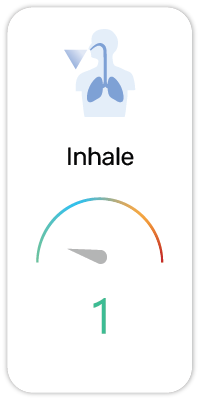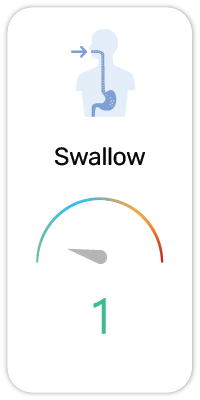Safflower Oil(in 5,309 products)
Potential Risk Index®:
About:
Functions:
1. Emollient - Softens and soothes the skin. Helps with skin conditioning.
2. Essential Oils - Can be extracted mechanically by pressing, or through a solvent such as steam, alcohol or CO2
Safflower is a highly branched, herbaceous, thistle-like annual plant. It is commercially cultivated for vegetable oil extracted from the seeds. Traditionally, the crop was grown for its seeds, and used for coloring and flavoring foods, in medicines, and making red (carthamin) and yellow dyes, especially before cheaper aniline dyes became available.
Safflower seed oil is flavorless and colorless, and nutritionally similar to sunflower oil. It is used mainly as a cooking oil, in salad dressing, and for the production of margarine. In cosmetics, it acts as a lubricant on the skin surface, which gives the skin a soft and smooth appearance. It is also used as a skin conditioning agent - occlusive. It is used in the formulation of topical skin care lotions, moisturizers and bath products.
Potential Health Concerns For:
1. Amyloidosis (PubMed ID:10720173)
2. Carcinoma, Squamous Cell (PubMed ID:10720173)
3. Intestinal Volvulus (PubMed ID:10720173)
4. Kidney Diseases (PubMed ID:10720173)
5. Liver Diseases (PubMed ID:10720173)
6. Myocardial Infarction (PubMed ID:10720173)
7. Neoplasms (PubMed ID:10720173)
8. Precursor Cell Lymphoblastic Leukemia-Lymphoma (PubMed ID:10720173)
9. Pulmonary Edema (PubMed ID:10720173)
Potential Health Benefits For:
1. Arthralgia (PubMed ID:7394066)
2. Ataxia (PubMed ID:7394066)
3. Migraine Disorders (PubMed ID:7394066)
4. Tremor (PubMed ID:7342107)
User Comments:
Submit








